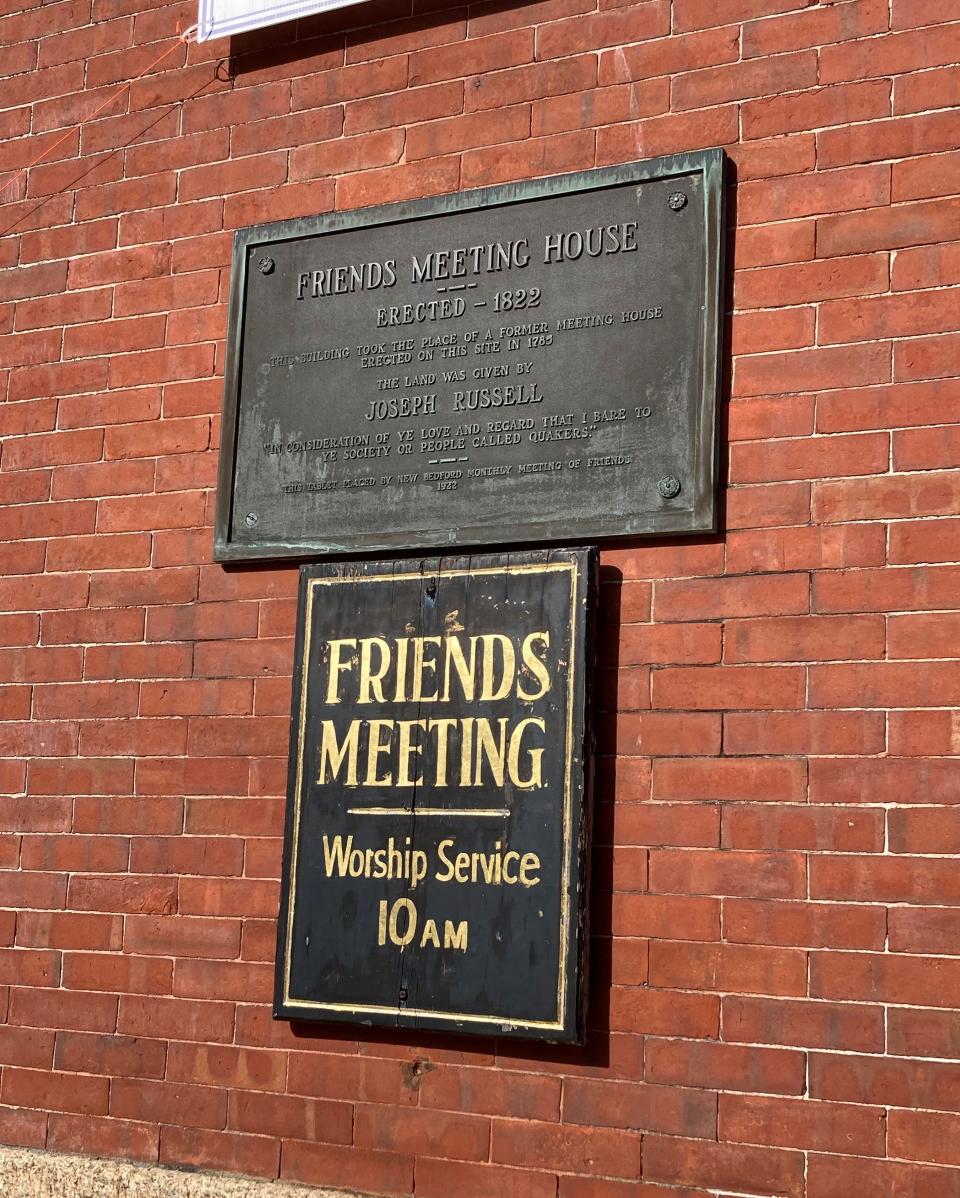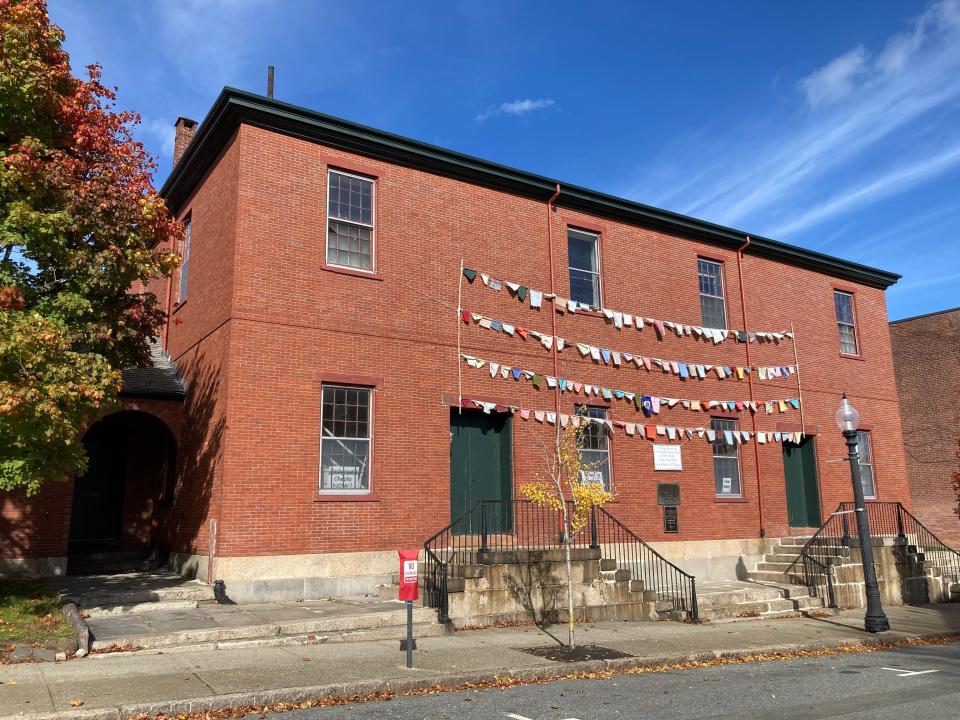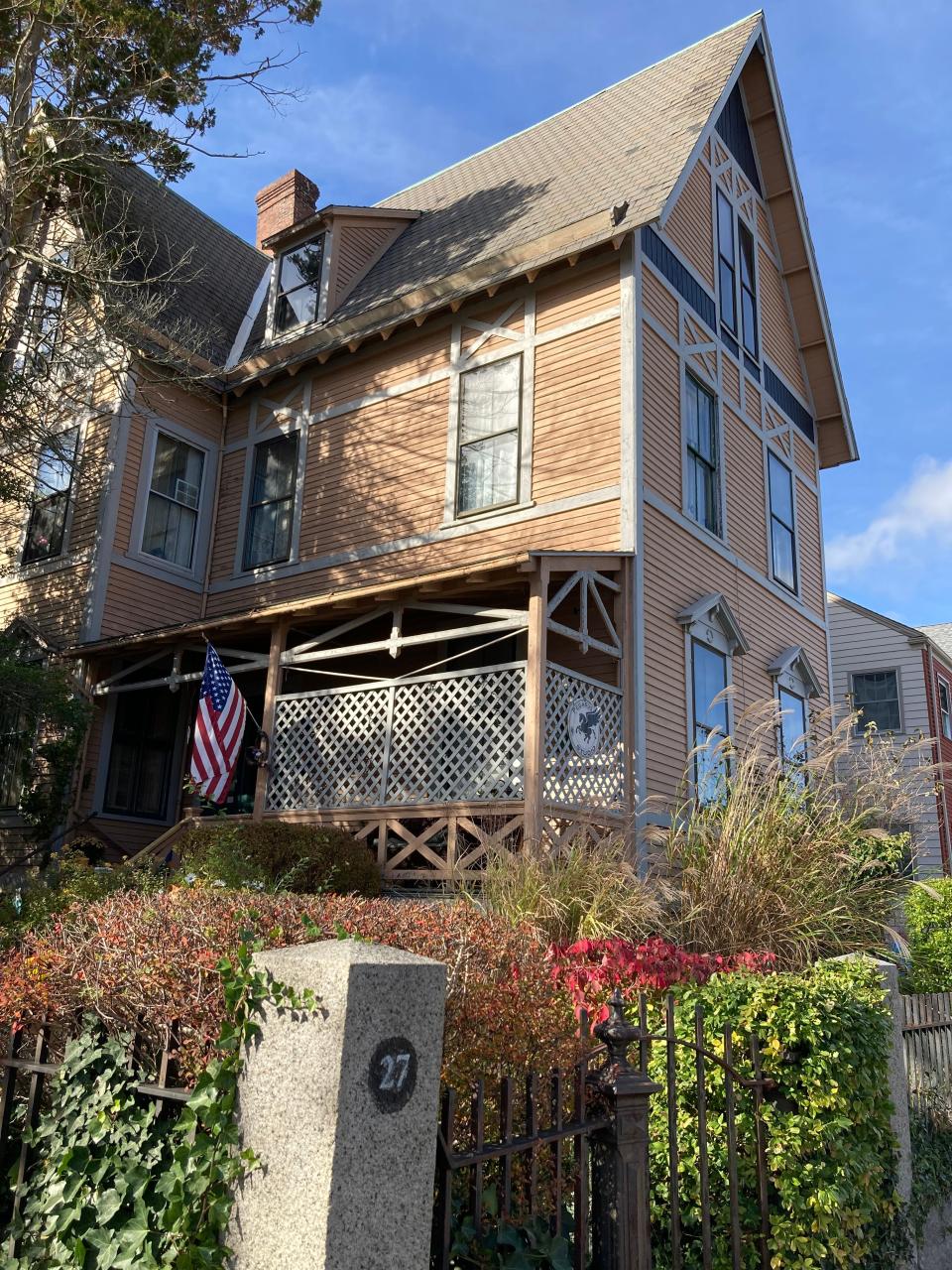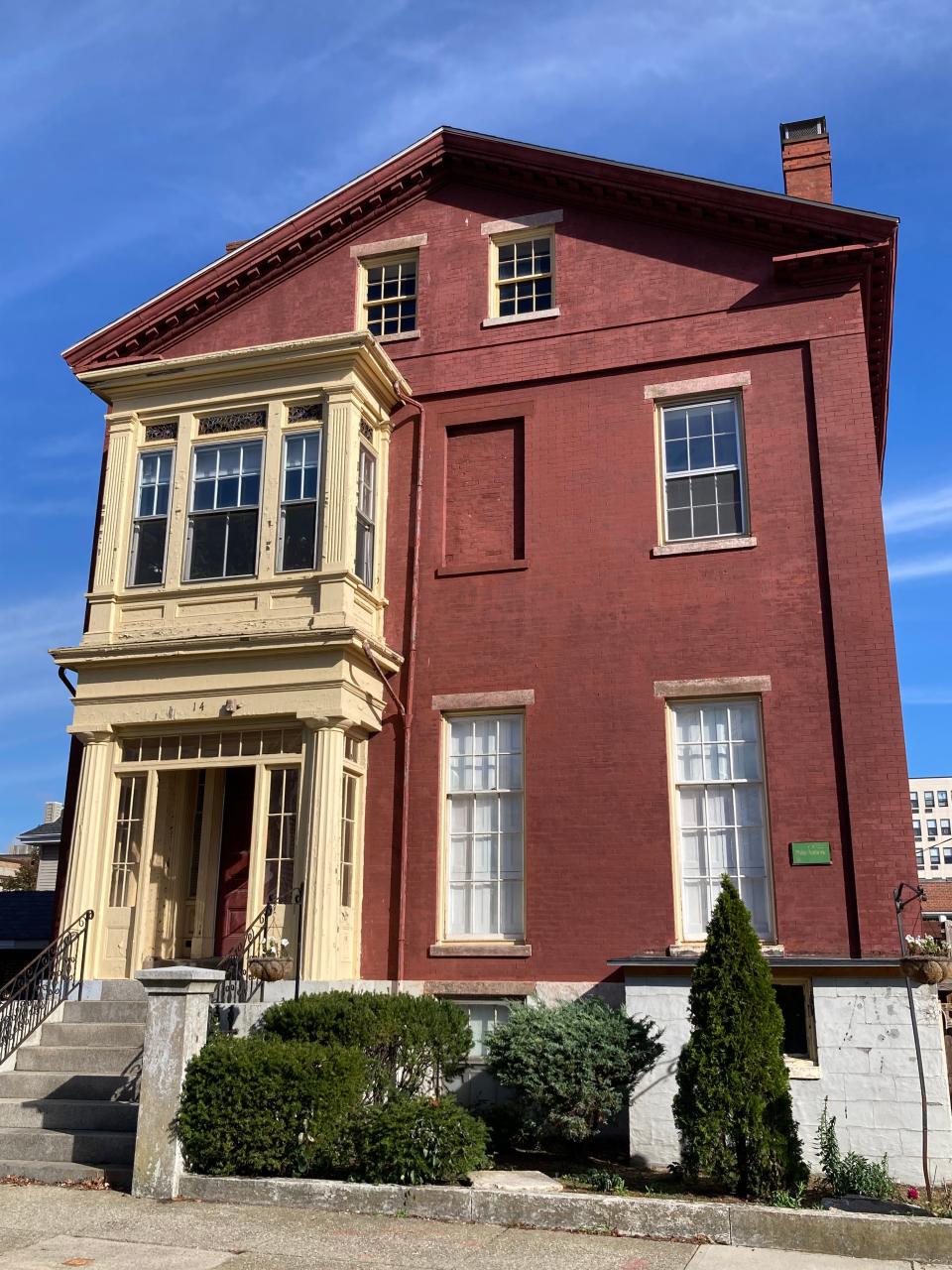Curious SouthCoast: What's in a name? For 'New Bedford,' it was too late to be 'Bedford'
NEW BEDFORD — It’s New Bedford, not to be confused with Bedford, but it used to be Bedford, or rather Bedford Village.
“Our place was for a long time known as the Village of Bedford,” Daniel Ricketson writes in “The History of New Bedford, Mass.,” published by the author in 1858, “and to many, even at the present time, the sound of this time-honored designation is much more familiar than that of the City.”
Ricketson, an historian, poet and lawyer from New Bedford, continues, “In fact, a considerable portion of the natives of New Bedford, those who have reached the meridian of life or older, usually omit the prefix (which as before stated was not originally adopted) when speaking of the place, and call it only Bedford.”

At that time, for many of the city’s inhabitants, “Bedford is the only place they recognize or know,” he wrote.
However, the name Bedford already belonged to the town located 15 miles northwest of Boston when it was incorporated in 1729. New Bedford was incorporated in 1787.
Curious SouthCoast: Is it Fort Taber or Fort Rodman? Why this New Bedford fort has 2 names
In Old Bedford Village
The New Bedford Preservation Society defines Old Bedford Village as the area bounded by the Acushnet River, Union, County and Walnut streets and describes it as part of the original tract of land which in 1760 defined what would become the city of New Bedford.

That year, Joseph Russell sold lots to shipbuilders, carpenters and housewrights, and the Village of Bedford was established.
One of the Society’s self-guided tours features Old Bedford Village and begins on Spring Street. The Friends Meetinghouse at 83 Spring St. stands on the site of the first building erected for religious purposes in Old Bedford Village.
Built circa 1870, the Ruth L. Smith House located at 27 Seventh St. is one of the few late 19th century homes built in Old Bedford Village.

It's also Bedford-Landing
The Bedford-Landing Waterfront Historic District, also known as the New Bedford National Register Historic District, is the only state-designated local historic district in the city of New Bedford.
It was established in 1972 by an act of the New Bedford City Council. This legislation was, in part, a reaction to the urban renewal program that destroyed 30 city blocks of New Bedford’s architectural heritage in 1966.

Design guidelines established by the New Bedford Historic District Commission are intended to preserve and protect the historic properties and sites in the Bedford-Landing Waterfront Historic District.
What was 'Holy Acre'? New Bedford neighborhood had a reputation — and possibly was haunted
The New Bedford Whaling National Historical Park was established in 1996 with boundaries that include the district as well as a segment of Route 18 and land to the north of Elm Street. In 2001, the boundaries were modified to be contiguous with the boundaries of the park.
Standard-Times staff writer Kathryn Gallerani can be reached at kgallerani@gannett.com. Follow her on Twitter: @kgallreporter. Support local journalism by purchasing a digital or print subscription to The Standard-Times today.
This article originally appeared on Standard-Times: History of how New Bedford was named; first was Old Bedford Village

